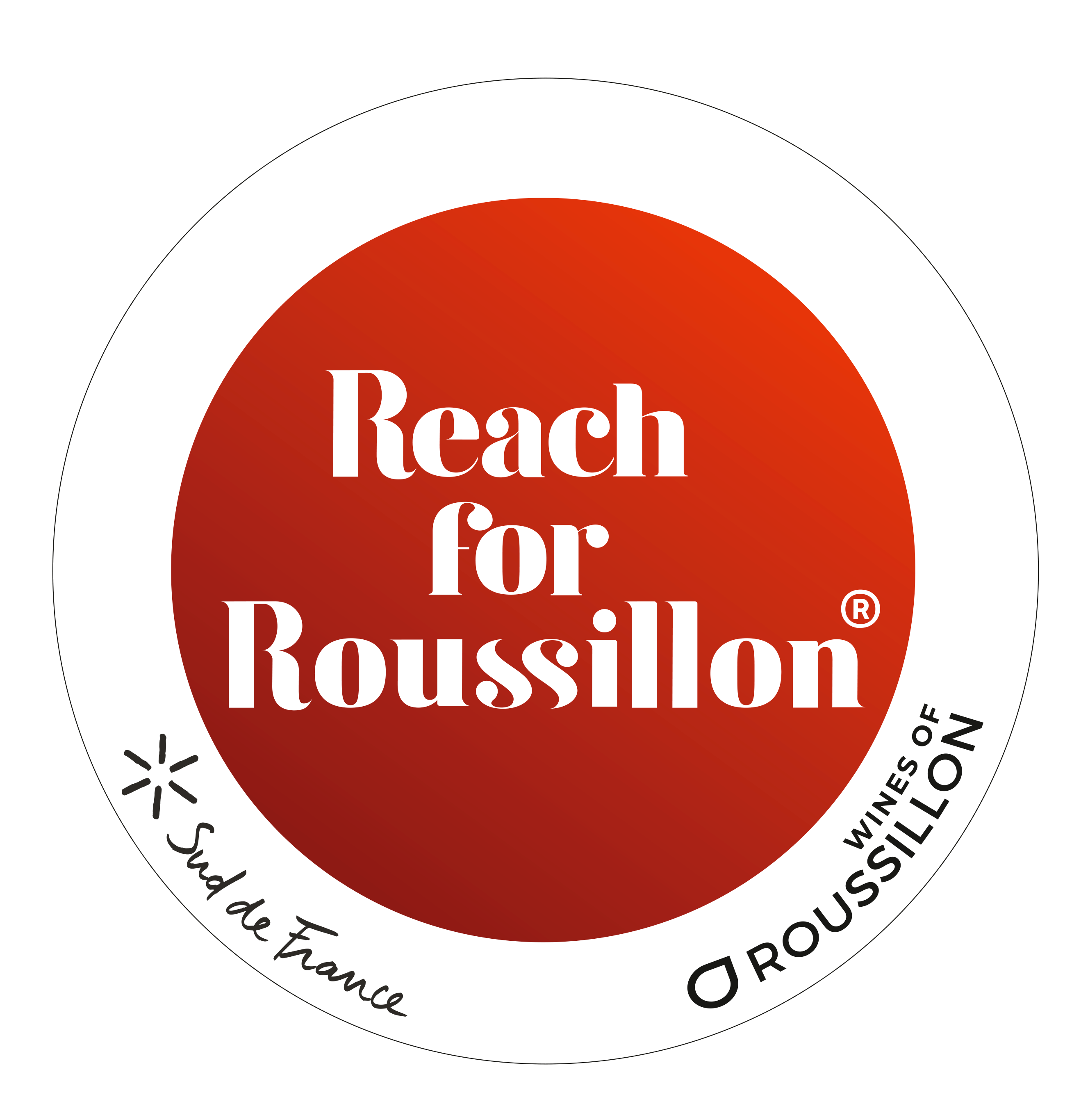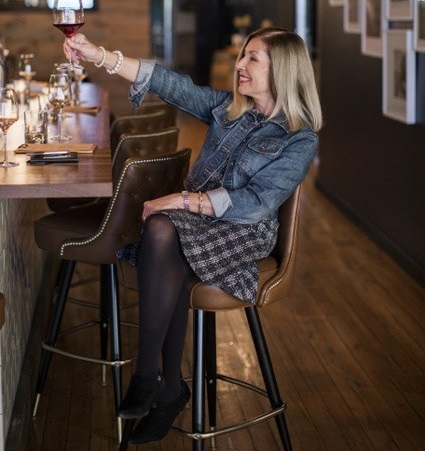Wines of Roussillon – Once You Taste, You’ll be Hooked
Our friend, Cindy running from Grapes Experiences, published a wonderful post about Wines of Roussillon.
Thank you Cindy for being such a great ambassador!
Where can you find a region where the sea and mountains blend, an ideal Mediterranean climate of hot summers, mild winters and autumns is enjoyed and a terroir so varied that its wines reflect distinct personalities? Some may call this place a winelover’s version of Shangri-La, but others may know it as the wine region of Roussillon located in the southwest corner of France in the department of the Pyrénées-Orientales.
I was invited to explore the wines of Roussillon with Kim Loranger, Export Manager for the Interprofessional Council of Roussillon Wines, at a small group tasting at Birch Road Cellars in Chicago. Besides enjoying a delicious lunch paired with samples of the region’s distinctive wines, we discussed the dramatic rise of Roussillon as a wine region and thoughts as to “the why.”

Roussillon represents only 2% of France’s dry, still wine production by volume and a hearty 80% of its production of Vin Doux Naturels (VDN), fortified sweet wines. Loranger explained that in 2018, the United States represented 12% of Roussillon-exported volumes, being the 4th largest export market in volume and the 3rd in value outside of the European Union.
With its amphitheatre-like configuration, Roussillon is open to the Mediterranean Sea to the east and embraced by three massifs: Corbières to the North, the Pyrénées to the West and the Alberes to the South. Nestled between its three rivers, the Agly, the Tet, and the Tech, is a distinctive landscape. With only one hour’s distance from one end of the Roussillon to the other, the region is accessible to anyone ready to experience its unique beauty.
Numerous geological structures are able to be seen and microclimates felt. From red soils on compact limestone, to stone soils on high terraces, to sandy, stony soils of the foothills, to hydromorphic soils of the basins and even more, twenty-six grape varieties thrive. The sun shines approximately 316 days per year and the average temperature is 59 degrees Fahrenheit – the region is the driest and sunniest in all of France. Roussillon is protected against pests and diseases due to numerous and frequent winds.
Kim Loranger spoke with pride as she explained that 15% of the vineyards are certified organic with many more practicing organic and biodynamic viticulture. As a result, Roussillon ranks highest in France for these efforts.
Varieties cultivated in Roussillon include white grapes of Chardonnay, Grenache Blanc, Grenache Gris, Macabeu, Marsanne, Muscat d’Alexandrie, Roussanne, Sauvignon Blanc, Vermentino and Viognier. Reds grown are Cabernet Franc, Cabernet Sauvignon, Carignan, Cinsault, Grenache Noir, Marselan, Merlot, Mourvèdre, Syrah and lesser known varieties. For more detailed information about the terroir and styles of wines from Roussillon, please click here.

Photo Credit: www.france.fr
The wines of Roussillon are enjoying an astounding growth in a highly competitive market. A savvy marketing plan that includes tours, tastings, brochures and well-placed ads certainly helps. But in my opinion, the wines themselves are the greatest ambassador of this special region. Flavorful, food friendly and ridiculously affordable, once you taste, you’ll be hooked, too! If you’re not yet familiar with wines from Roussillon or if you’re already an ardent fan, find the selections below and pour yourself a glass.





